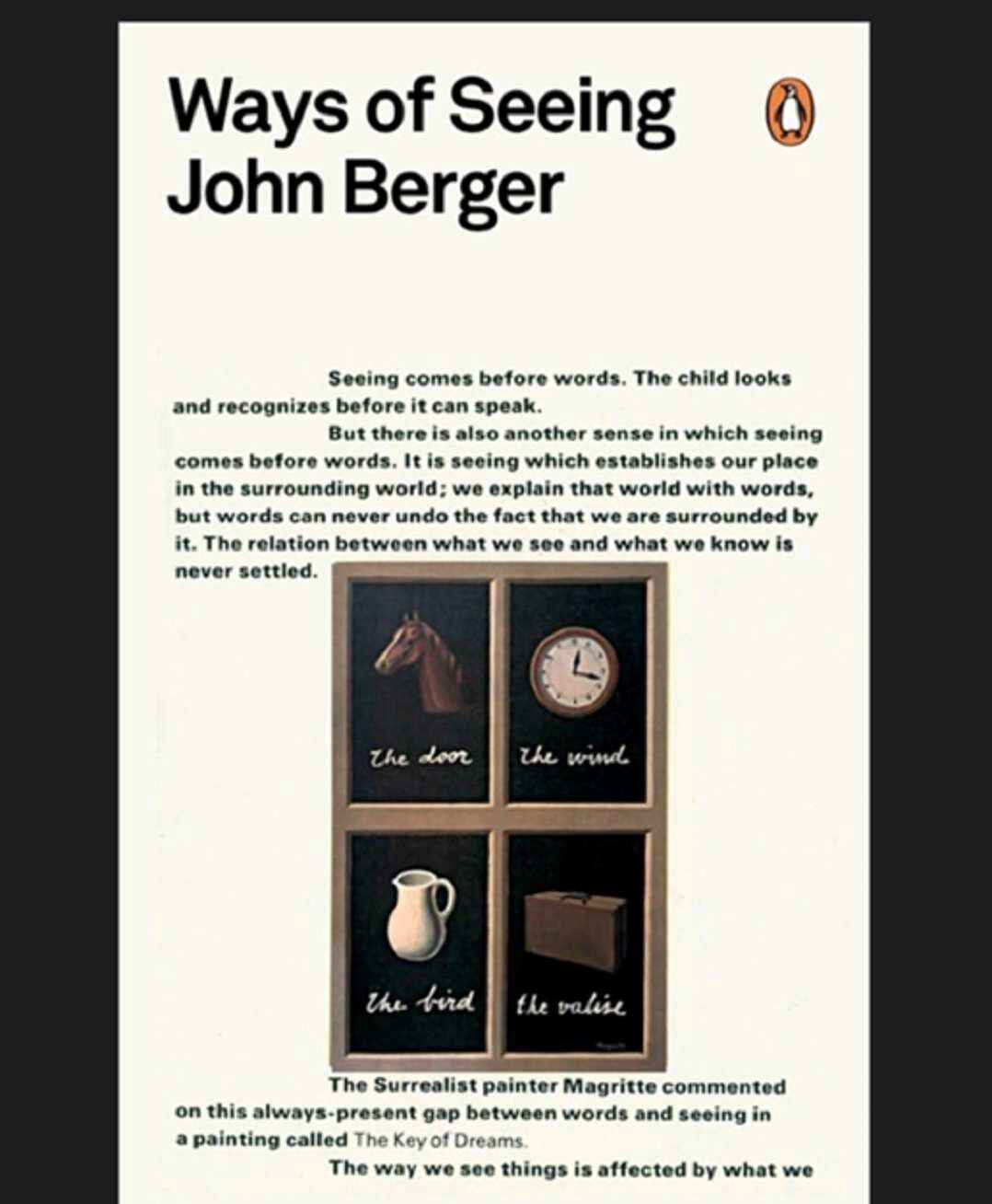Struggling to equip your students with the necessary skills to become confident and successful readers? Look no further than the Teaching Reading Sourcebook, a highly regarded resource praised by the National Council on Teacher Quality (NCTQ) for its evidence-based approach to reading instruction.
This user-friendly guide goes beyond theory, offering practical tools and strategies for educators working with students in grades K-8. Grounded in the science of reading, it delves into the five essential components crucial for reading development:
-
Phonemic Awareness:
Recognizing and manipulating the sounds in spoken language. This includes activities like finding rhyming words. It also includes breaking words into sounds (e.g., "cat" can be /k/ /a/ /t/) and blending sounds into words (e.g., /k/ /a/ /t/ makes "cat"). -
Phonics:
Understanding the relationship between letters and sounds. This involves learning the different letter sounds. For example, the "c" sound can be /k/ or /s/. Also, it involves learning how they represent spoken language. For example, "c" is /k/ in "cat" and /s/ in "centipede." -
Fluency:
Reading smoothly and accurately with expression. Fluency allows students to focus on comprehension rather than decoding individual words. This can be developed through activities. These include repeated reading, choral reading, and partner reading. -
Vocabulary:
Building a rich knowledge of words and their meanings. This includes clear instructions on new words. It also includes exposure to different word contexts. For example, "bat" can mean a mammal or a piece of sports gear. It also includes strategies for learning new words. For example, use context clues, a dictionary, or word parts. These include prefixes and suffixes. -
Comprehension:
Extracting meaning from text. This involves various skills like identifying the main idea, making inferences (drawing conclusions based on the text), summarizing information, and understanding different text structures (e.g., narrative, expository). The Sourcebook provides strategies and activities for teaching students how to think critically and analyze the text they read.
The Sourcebook doesn't just tell you what to do, it shows you how. Each chapter is organized with clear explanations. It has research summaries, suggested activities, and step-by-step lesson models. This makes it easy to bridge the gap between research and practice.
New and Improved: The 3rd Edition
It includes a section on adding reading instruction to an MTSS framework. This framework lets educators support struggling readers. It also ensures advanced readers stay challenged.
The Teaching Reading Sourcebook also describes explicit instruction. Four guiding questions break it down:
- What: What is the specific skill or concept that you want students to learn?
- Why: Why is this skill or concept important for students to learn?
- When: When is the best time to teach this skill or concept?
- How: How can you teach this skill or concept in a way that is effective for all students?
What's new in the 3rd Edition?
The book also includes MTSS. It's a framework for reading instruction. MTSS is a system for giving targeted instruction and support. It is for struggling readers. It includes three tiers of instruction:
- Tier 1 instruction is the core reading instruction. All students in the classroom receive it.
- Tier 2 instruction is for students who need extra support. It goes beyond what Tier 1 provides.
- Tier 3 instruction is intensive. This resource is tailored for students who struggle with reading.
Final words
The Teaching Reading Sourcebook is a comprehensive guide. It is for both seasoned educators with years of experience. It is also for novices starting their teaching career. It gives a clear and short overview of the five key parts of reading instruction. It also gives practical tips on how to teach these parts well. The book also uses effective teaching methods. These include explicit instruction and MTSS. It is a valuable resource for any educator. They want to help their students become successful readers.
FAQs
- What is the most important thing to remember when teaching reading?
All students can learn to read, and it is important to use evidence-based practices to ensure that all students have the opportunity to succeed.
- Who wrote the Teaching Reading Sourcebook?
Bill Honig, Linda Diamond, Linda Gutlohn, Carrie L. Cole, Roxanne F. Hudson, Holly B. Lane, Jacalyn Mahler, and Paige C. Pullen wrote the Teaching Reading Sourcebook.
- What are the different sections of the Teaching Reading Sourcebook?
The questions organize The Teaching Reading Sourcebook. These guide explicit instruction. It covers what, why, when, and how. Each chapter includes a graphic explanation of the subject. It also has a research summary. It includes suggested timelines for lessons, assessments, and interventions. And it has clear lesson models.
- What is the purpose of the Teaching Reading Sourcebook?
Teachers can use the Teaching Reading Sourcebook to help. It gives them research-based info and practical strategies to improve their reading instruction.
- Who is the Teaching Reading Sourcebook intended for?
The Teaching Reading Sourcebook is for teachers and educators. It is also for all who want to learn about good reading instruction.
- Are there any professional development opportunities available related to the Sourcebook?
The publisher of the Sourcebook may offer professional development workshops or webinars. Additionally, many school districts offer professional development opportunities related to structured literacy.
References
- Honig, B., Diamond, L., Gutlohn, L., Fertig, B., Daniel, H., Zemelman, S., & Steineke, N. (2008). Teaching reading sourcebook (Vol. 3, No. 2, p. 1). Arena Press; 2nd edition (April 15, 2008).
- Honig, B., Diamond, L., & Gutlohn, L. (2000). Teaching Reading: Sourcebook for Kindergarten through Eighth Grade. Arena Press, 20 Commercial Boulevard, Novato, CA 94949-6191 (order no. 8119-3, $55).
- Press, A. Teaching Reading Sourcebook.









